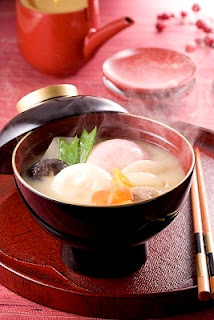Any photographer shoots photographs of food, at some point or the other. You need to ensure that the photograph of a delicious meal conveys that feeling of taste to the viewer.
Here are a few tips to help you get that feeling into your images:
1.Choose the Right Background - This goes for shooting most subjects, not just food. You want your subject to stand out from the background, and how you do this is to ensure there is color contrast between the two. For example, if you are shooting an image of white rice, you would rather not use a white plate.
2. Ensure you Use Appropriate White Balance - If you are shooting meat, you are better off making it look a little of a warm tone rather than cool. Imagine meat with a blue tint! It conveys the feeling of meat gone bad.
3. Try a Few Shots with Natural Light - Natural light, especially light coming in through a window is most suitable for food photography. When using flash, make sure you diffuse the light to get a similar effect. Direct light from a flash head is too harsh and unappealing for food photos.
4. Don’t Forget the Tripod - When shooting with natural light, you may have to use slow shutter speeds, and why not use a small aperture like f11 as well? To make the most out of this scenario, use a tripod.
5. Pay Attention to Detail - This is the mark of a good photographer. When shooting images of food items, keep an eye out for glitches such as scratched cutlery, faded plate colors and such. You need to present your image with the same care as a chef presenting his creation!
6. Zoom in for a Tight Crop - In fact why not get some really close macro images of the food? This gives the viewer a sense of the texture of the food. You may have seen close up images of food in magazines where the photographer has got in so close that even the far end of the plate is out of focus!
7. Cut it Up - Slicing food can really work well. If you are shooting a cake, cutting out a piece of it is the only way you will be able to give the viewer information on the layers within. The same works for any form of stuffed foods.
8. Get Creative with Different Angles - Don’t get stuck with only the same old boring top-bottom view of the plate. Get to the sides, get up close and try and get as different as you can. Especially if you have sliced away part of the food, getting a side view would work better than a top view.
9. Props - Props are always welcome in any kind of photography, as long as they are not a distraction. If you are shooting a pancake for instance, a glass of orange juice on the side would add some nice color to the image.
10. Cheat as Much as You Want to - Some photographers use a blowtorch to color up barbecued food at just the right places. You could make potatoes look lice ice cream, and you could do anything you wish to with the food just as long as you are not planning to eat it after the shoot!




















